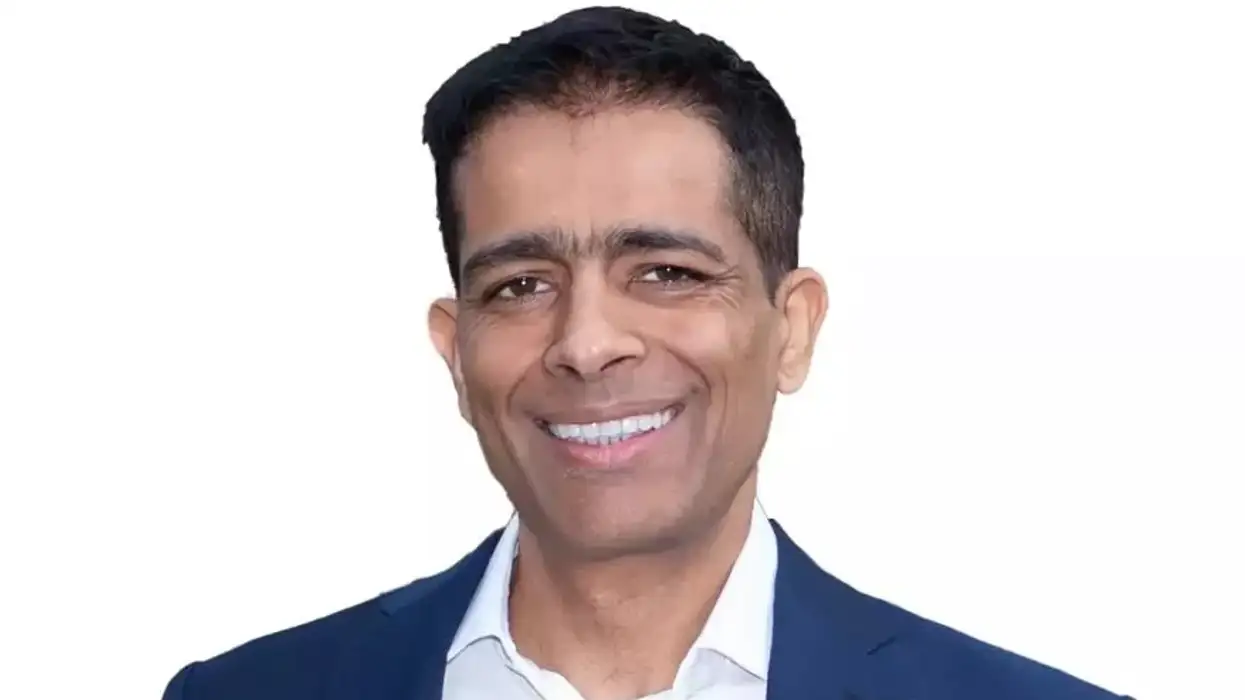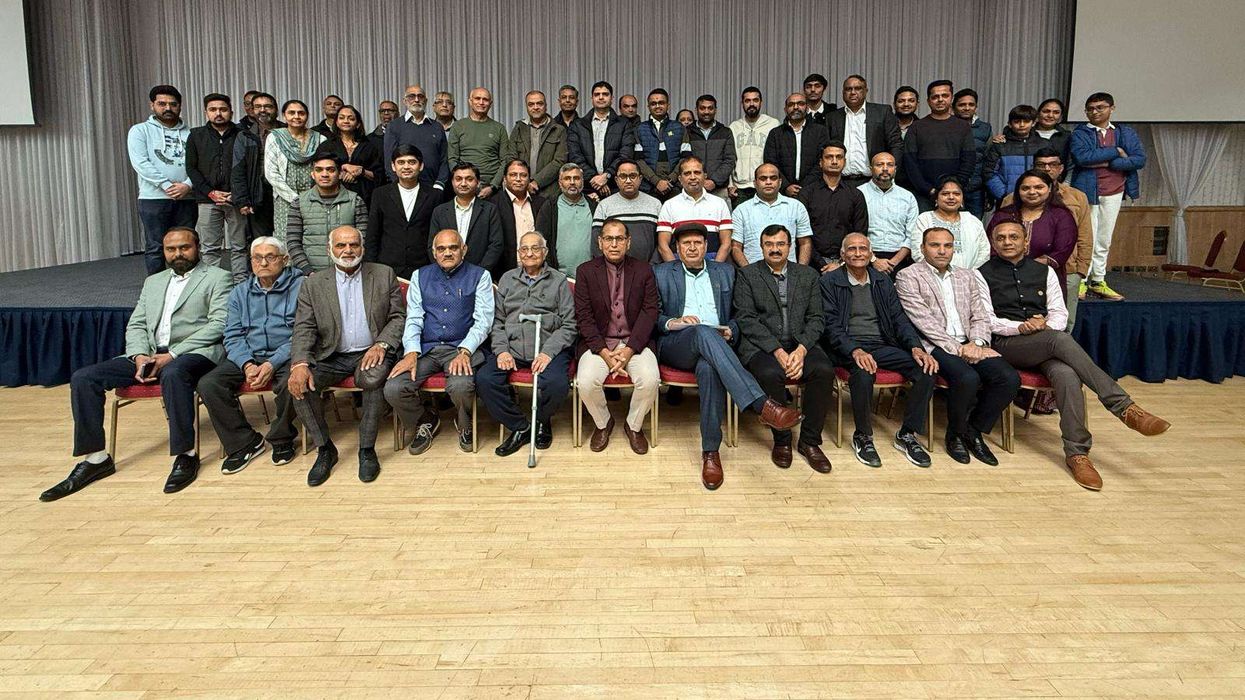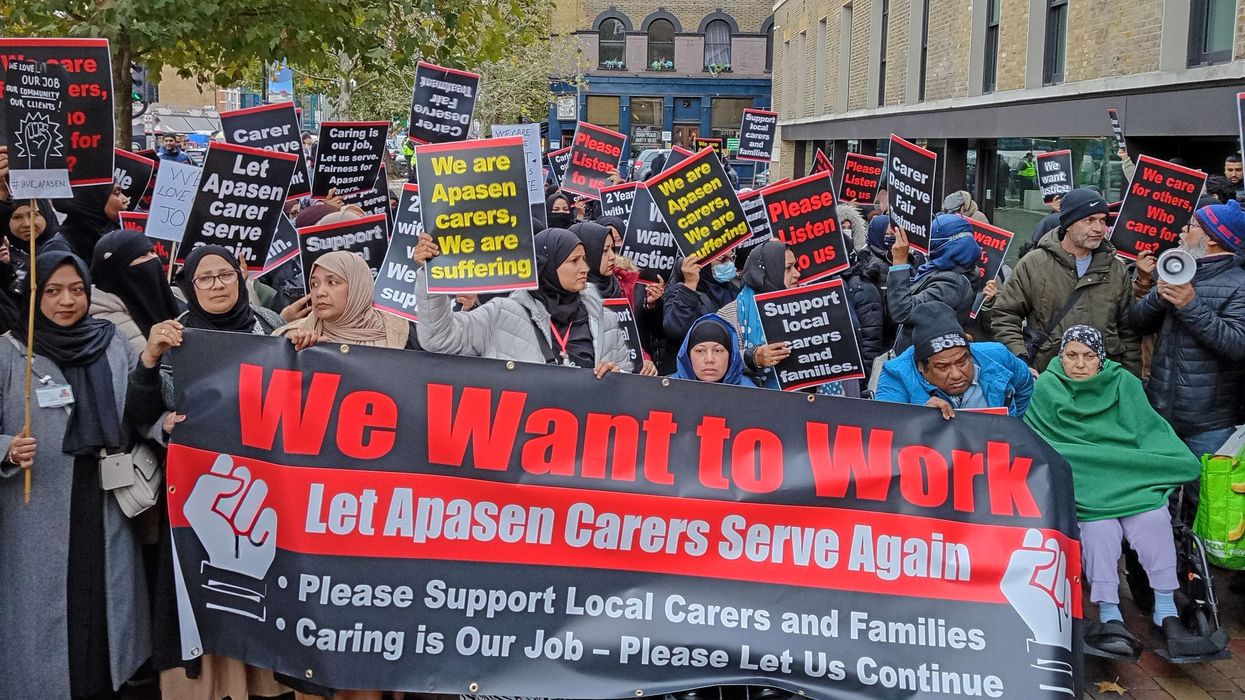Darren Henley posed the question: “What’s our higher aim at the Arts Council?” And he offered the answer: “If I have my three words, it’s ‘creating happier lives’.” He firmly believes the arts bring happiness.
In the 10 years he has travelled to every corner of England as chief executive of Arts Council England, Henley has been greatly encouraged by the British Asian artistic fraternity. Many are beholden to the Arts Council.
He spoke warmly, for instance, of Indhu Rubasingham’s inaugural programme as artistic director of the National Theatre, and also of others such as dancer Sita Patel, Milap Fest in Liverpool, and the Rifco Theatre Company in Watford.
Speaking ahead of Eastern Eye’s annual Arts, Culture & Theatre Awards (ACTA) next Friday (23), he displayed a remarkable mastery of his subject – which is also evident in the latest edition of his book, The Arts Dividend: How Investment in Culture Creates Happier Lives.
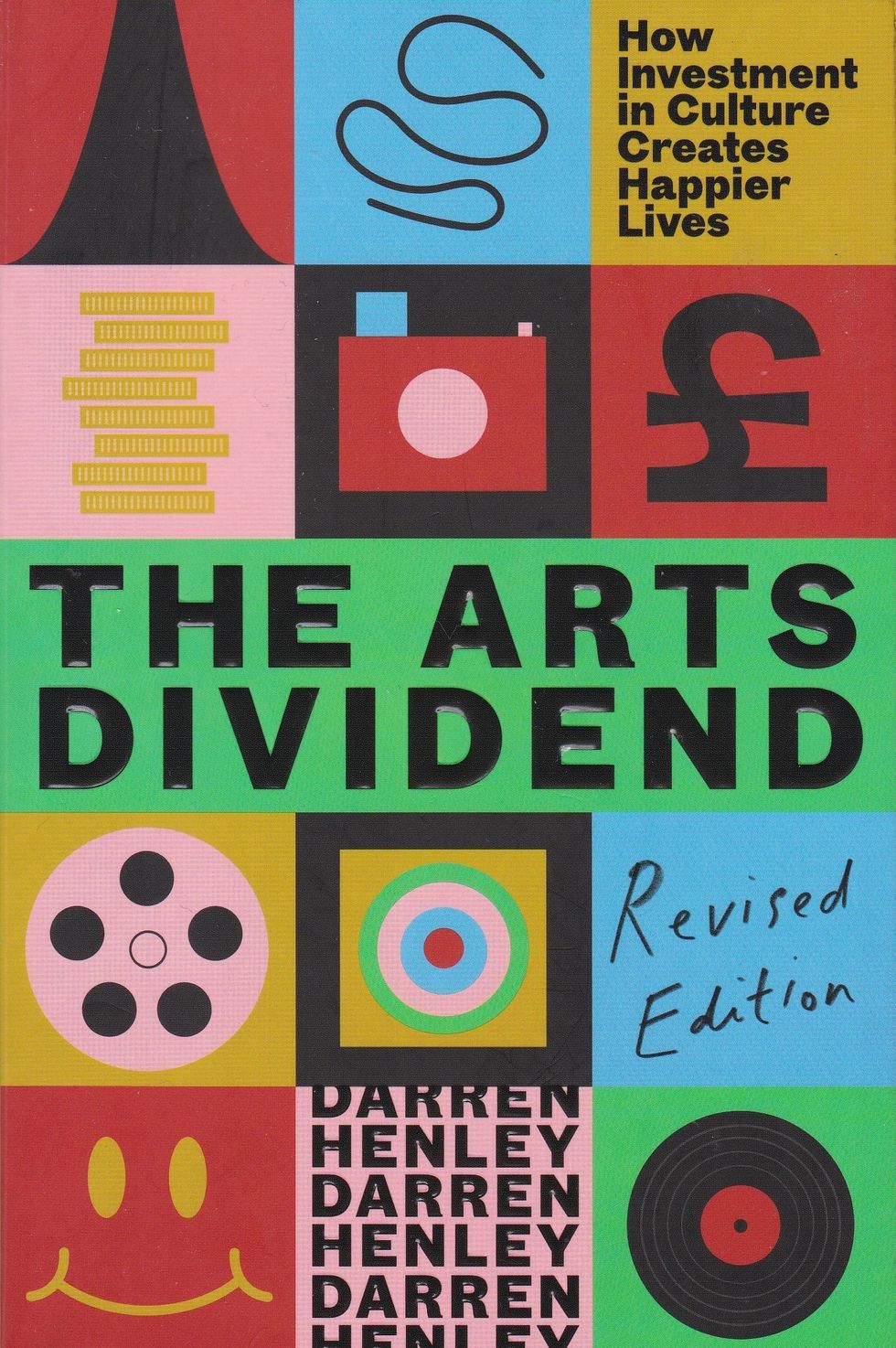
First written in 2016, the book was revised in 2020, just before the pandemic, and again in 2025. Henley sees parallels between his work and a classic hailed as “the finest book about England and the English”.
Henley writes: “Although I can’t claim to write with anything approaching his supreme elegance, style or enduring impact, I like to think that this book follows in the tradition of JB Priestley’s 1934 classic, English Journey.”
That said, Henley is lucid and clear: “Like Priestley, I hope to shine a spotlight on parts of England – and their artists, arts organisations, museums and libraries – that have not always enjoyed the nationwide attention they deserve, nor the benefits such attention can bring.
“Unlike Priestley, I cannot lay claim to the best subtitle of any work in this genre: ‘Being a rambling but truthful account of what one man saw and heard and felt and thought during a journey through England during the autumn of the year 1933.’ But this, too, is a book rooted in the reality of what I have witnessed on a non-stop journey through villages, towns and cities right across England.
“It is, I suppose, my own rambling, but truthful account of what I saw and heard and felt and thought as I journeyed through England’s arts and culture scene some nine decades after Priestley did.”
In his First Word, Henley says: “My central argument – that public investment in art and culture can help people to lead happier, healthier, more fulfilling lives – remains the same.”
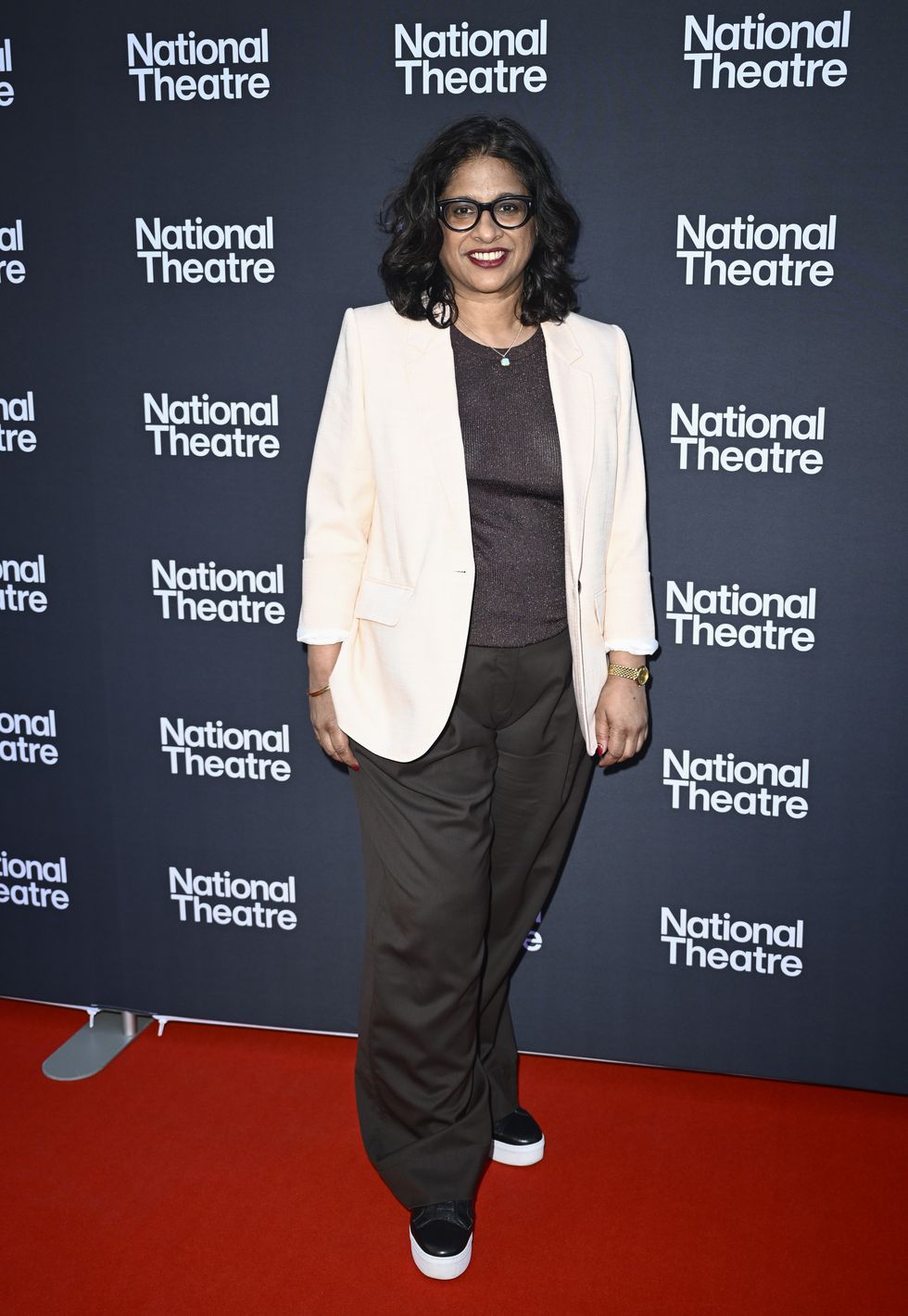
On “Reflecting Everyone’s Diversity”, he seeks to be inclusive: “When I talk about diversity in this book, I am referring to people who possess one or more of the personal characteristics that are protected under the law by the Equality Act of 2010: age, disability, gender reassignment, marriage and civil partnership, pregnancy and maternity, race, religion or belief, sex and sexual orientation.”
He states: “The colour of an actor’s skin shouldn’t be something that needs to be remarked on here. But I believe I must, because there is still a long way to go in the creative industries to ensure that our workforce is sufficiently reflective of the way England looks today.”
Like Priestley, Henley has also focused on Bradford: “During my visits to Bradford over the past few years, I have always been left buzzing with excitement by the Bradford Literature Festival, under the leadership of Syima Aslam. Its artistic programming, which has the explicit aim of reflecting the work of people from all communities, has created one of the most diverse UK literary festivals in existence. With investment from Bradford University, Bradford Metropolitan District Council and Arts Council England, Syima and her team have created a cultural and literary festival designed for everyone in the city. Now, with increased national and international focus on Bradford as UK City of Culture 2025 – and the largest investment in literature of any of Arts Council England’s National Portfolio Organisations – more people will come to enjoy the artistic breadth and richness that the festival has to offer.”
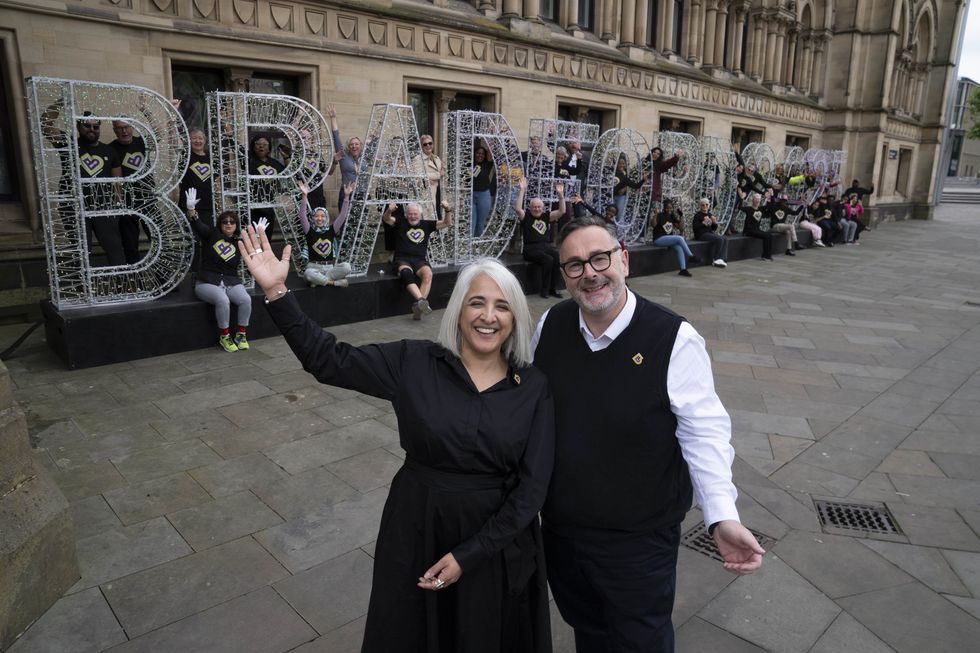
He also writes of catching Peanut Butter & Blueberries at the Kiln Theatre in Kilburn. Directed by Sameena Hussain, this beautiful, warm and witty debut full-length play by Suhaiymah Manzoor-Khan featured superb performances by Humera Syed and Usaamah Ibraheem Hussain.
This was, of course, where Rubasingham served as artistic director before breaking the glass ceiling to lead the National Theatre.
In his interview with Eastern Eye, conducted in the offices of the Arts Council in London, Henley stressed: “The National is really important. It is our national theatre. They do great work here in London, but they also have a network of work that we invest in as it takes it round the country.”
It has helped the play Dear England to go on tour.
The National gets more than £16 million (₹1.68 billion) from the Arts Council and £25 million (₹2.63 billion) in capital investment from the government.
He talked about Rubasingham’s appointment, a landmark in the evolution of British Asian artists: “Indhu’s is a fantastic, brilliant appointment for the National Theatre.
“I think she’s a very intelligent, thoughtful theatre practitioner. The work that she did at Kiln was absolutely outstanding. She will be a really exciting, creative leader at the National Theatre.” He said her inaugural programme “has been well received. She’ll enable a new generation of other directors and writers to come to the stage. She’s looking out to the world, in terms of what we can take from here, our National Theatre, to the world, but also what can we bring from the world to our National Theatre.”
Recalling some of the British Asian performances he had found memorable, he said: “Sita Patel did a fantastic Rite of Spring with the Bournemouth Symphony Orchestra, which I saw at Sadler’s Wells. She’s a dance artist, and they worked together on that. I’m very fond of the work that Milap Fest does in Liverpool. In terms of a British Asian theatre company, the work that Rifco do, based at Watford Palace, is really exciting. It’s growing, and talking to all sorts of audiences from all sorts of backgrounds.”
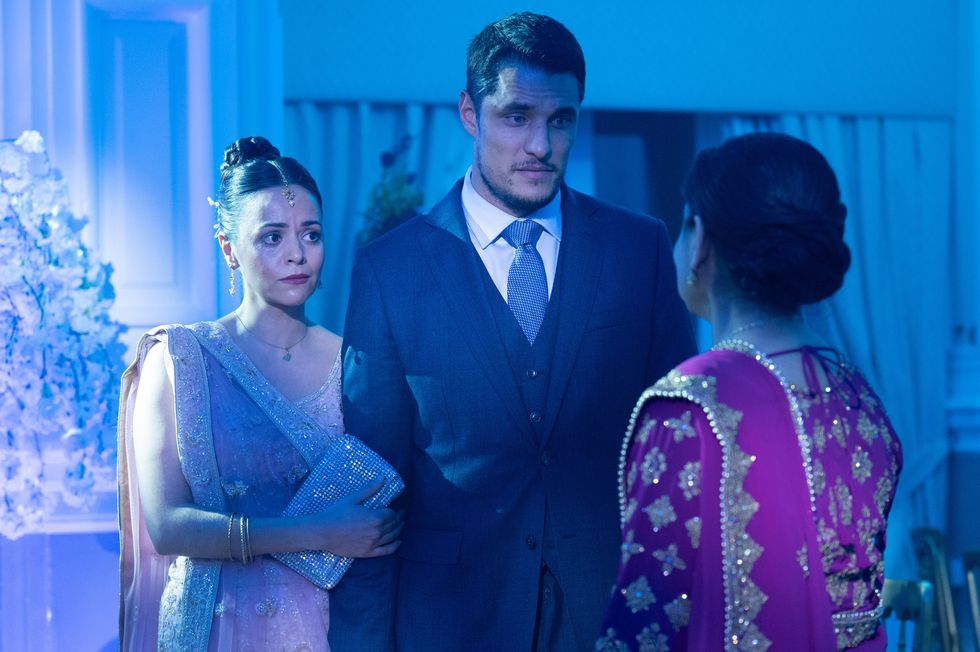
He mentioned Rifco’s forthcoming production of Surinderella: “They are going to do a fusion of Bollywood and pantomime. I haven’t seen that anywhere before. Each has a set of rules around which they do things. I’m curious to see how those two things fuse together.”
As in his book, he talked to Eastern Eye about the Arts Council’s investment in Bradford. With a large Muslim population, it is, of course, very different from the almost exclusively white city that Bradford-born Priestley had encountered.
“Bradford ’25 is a city where we have put a lot of money in,” confirmed Henley. “It’s created some really interesting and exciting artwork. It’s changing the stories that people who live there tell about the place. It’s making them a more demanding, more entitled audience. That’s a really positive thing we want. I want people to feel comfortable about demanding more of us as an investor in their artistic and cultural lives. They should. It’s their right.”
In passing, he praised BBC TV’s six-part crime drama Virdee, set in Bradford and based on local author A A Dhand’s novel City of Sinners.
He commented: “I suppose what’s interesting for someone like me is we are making an investment in creative people, and you don’t always know what’s going to come out of that. And I love it when everyone gets it right. That’s where innovation happens.”
He does not see British Asian arts being in a ghetto and separate from the mainstream: “This is not something that should be on the margins. You have amazing artists who are making amazing work for audiences. Sometimes, they will make work for discrete audiences and smaller groupings, but, often, they’ll make work for audiences from every background, because in the end, we’re talking about stories, we’re talking about artistic moments.”
Henley resolved right at the outset that far from working from home or in his office, he would spend half the week travelling around England. In his book, he writes: “After 18 months in the job, I stopped counting the places that I’d been to. By then, my tally had reached 157 different villages, towns and cities around England. In fact, I suspect that I’ve seen more artistic performances and exhibitions, visited more cultural organisations, and met more artists and art groups than anyone else in England during the past decade. Doing the job that I do, that’s exactly as it should be.”
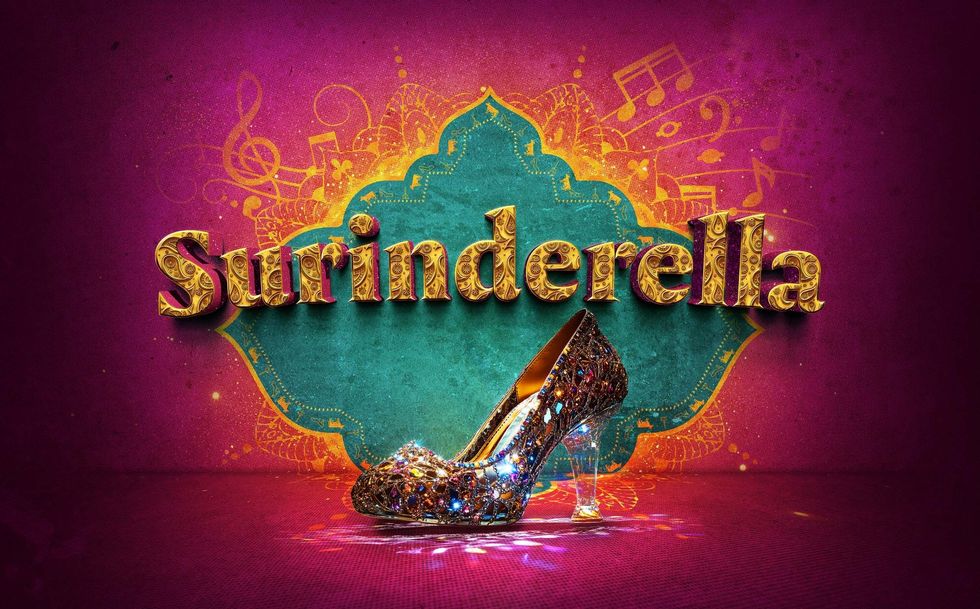
All being well, he is expected to attend this year’s ACTA ceremony – and maintain the tradition of announcing the winner of the Emerging Artist category.
It was one of his colleagues who first tipped him off about Priestley’s English Journey many years ago.
Although he has long given up keeping a tally, he reassured Eastern Eye: “I’ve probably been everywhere that you’ve been on a train. I try to get off and go to those places. Obviously, I’ve been to all the big cities, but also to the towns that surround those places and to a lot of rural areas as well. I’ve been literally everywhere from Cumbria to Cornwall, Northumberland to Kent. I’ve tried to spread my time over the whole country to get a real understanding of the infrastructure and what makes our cultural sector. A big part of my job is advocating to government and the value of the investment they put into it.”
According to the government’s own figures, the creative industries earned the UK £124 billion (₹13 trillion) in 2023. No one has assessed what the British Asian contribution is, but it must now be significant. That is likely to grow because of the cultural agreement between the UK and India recently signed by culture secretary Lisa Nandy during a trip to Mumbai and Delhi.
Arts Council England, whose 10-year strategy for creativity runs from 2020 to 2030, will work closely with the Labour government and the culture secretary of the day. “But we work at arm’s length from the government,” Henley made clear. “One of the things that’s crucial for us is that artists have the freedom to make the work they want to make, have the conversations they want to have, have the thoughts and innovation they want to have.”
Altogether, to the 1,000 National Portfolio Organisations supported by the Arts Council, 275 new ones were added in the funding round in 2023.
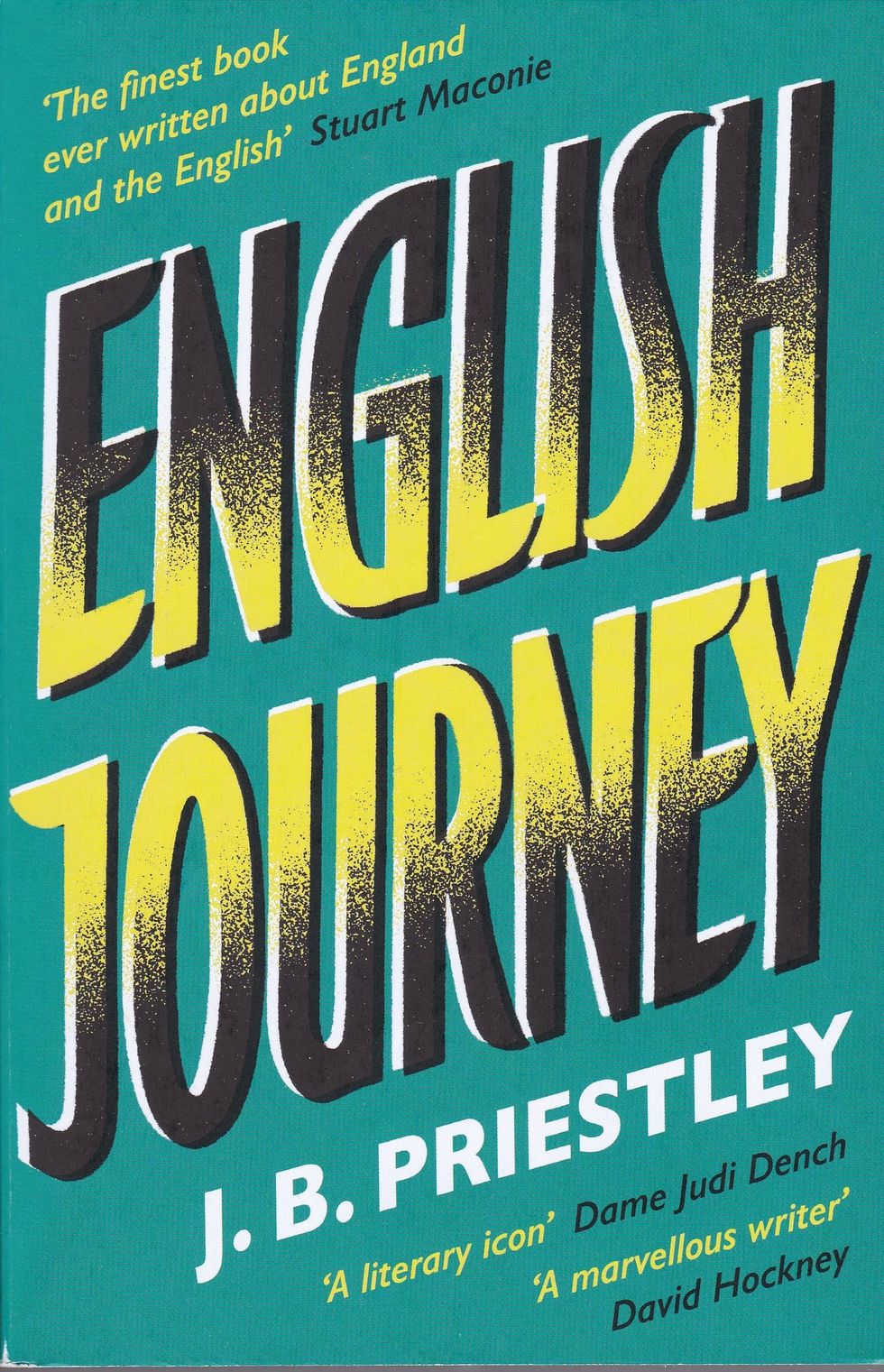
“We brought a lot of new organisations into the fold,” Henley pointed out. “I also believe passionately, that we need to have organisations that are making work and are led by people reflective of the whole country. New writing is important. New performers, new ways of doing things are important. Sometimes, it’s older or more traditional stories, but told in a completely new context. Shakespeare is utterly relevant. If you drill down into what Shakespeare is, it’s a set of stories often about relationships or situations that were obviously written a long time ago, but they’re absolutely relevant today.”
He does not like the word “subsidise” to describe the grants given by the Arts Council. “We make an investment, because I think ‘subsidised’ feels like market failure,” he argued. “Investment is more about possibility. We invest public money into individuals, artists and organisations, and we do that to improve people’s lives. The work that they do makes other people’s lives better. There’s no nobler thing to do than public investment to create happier lives. Happiness is a word I want to sort of reclaim. I don’t think it’s a weak word. Why are we on this earth if we don’t want to be happy? Isn’t it amazing that when you see a great performance, a dance or music or theatre, or you go to a gallery and see an amazing picture in front of you, it can take you to a different place? We need to talk about happiness more. We need to understand the things that make life worth living.
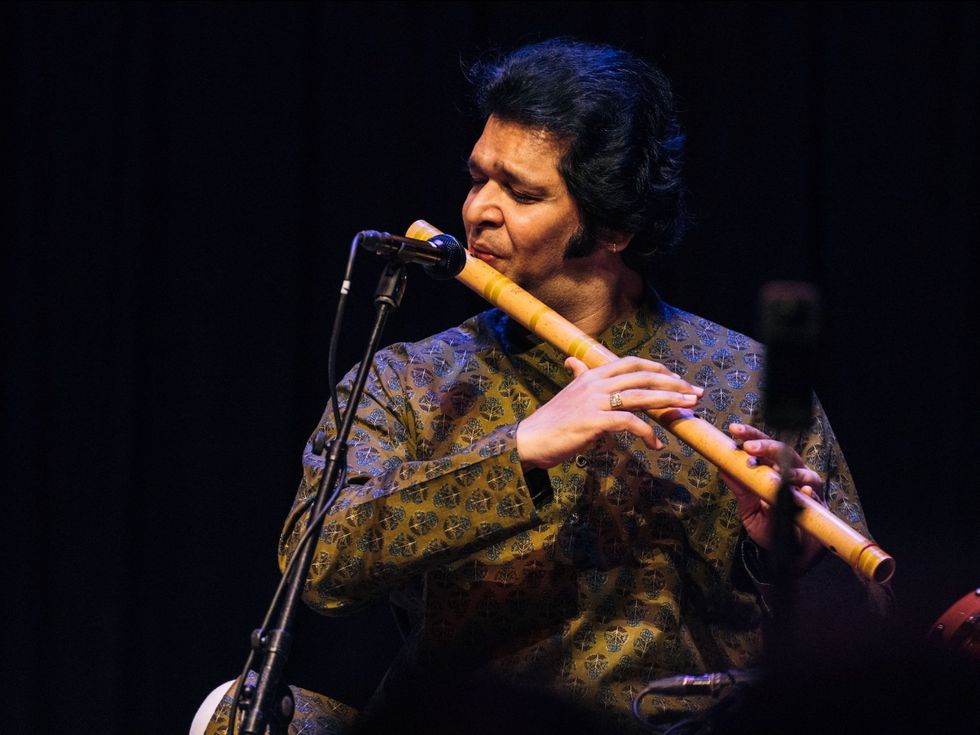
“It is also worth saying that art and culture and artists can also actually help conversations around the tougher things in life as well. That’s something quite unique that an artist can curate.”
He could have been referring to a play like Tanika Gupta’s A Tupperware of Ashes, which premiered at the National last year and dealt with the subject of dementia.
The Arts Council has a programme in Leicester called Talent 25, in which children are selected and exposed to museums, galleries, concerts and other cultural experiences over 25 years to assess what effect such an intervention has on their lives.
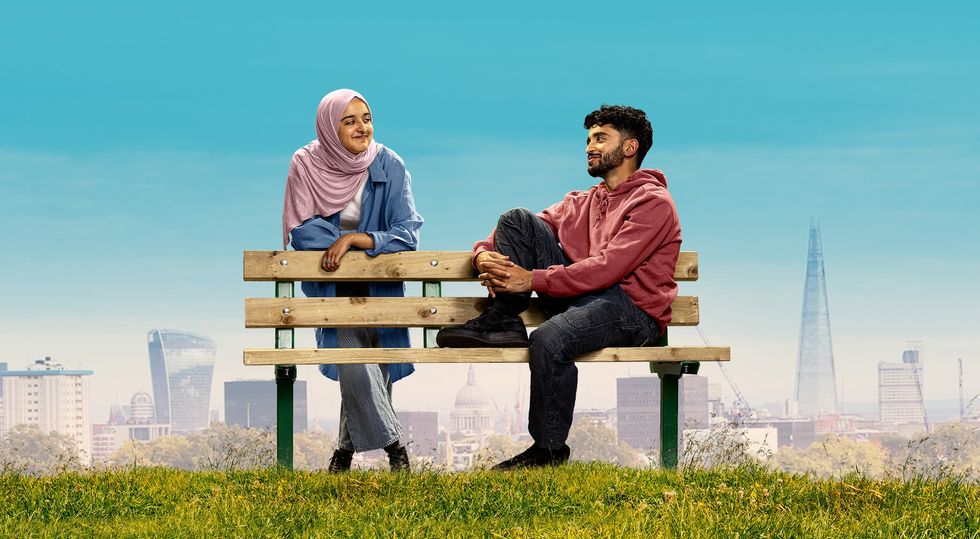
Henley’s views on getting children to enjoy the arts will be taken to heart, especially by British Asian parents. He referred to one museum “where the chief executive bought a load of knee pads for his colleagues, and they went round on their knees to see what it would be like to be a toddler or a small child, what they could and couldn’t see”.
“Children are a really important audience,” he said, adding their experiences have to be age-appropriate. “We want to create the artists and also the audiences of the future. To be absolutely clear, you’ve got to be able to read and write, you’ve got to be able to add up. You should have an understanding of science and languages. What we need to make sure is we build the rounded human beings that we want to see in our society. Music and drama and art and design should be part of the core curriculum at school. For me, the three pillars of a really strong education for any young person are numeracy, literacy and creativity.”

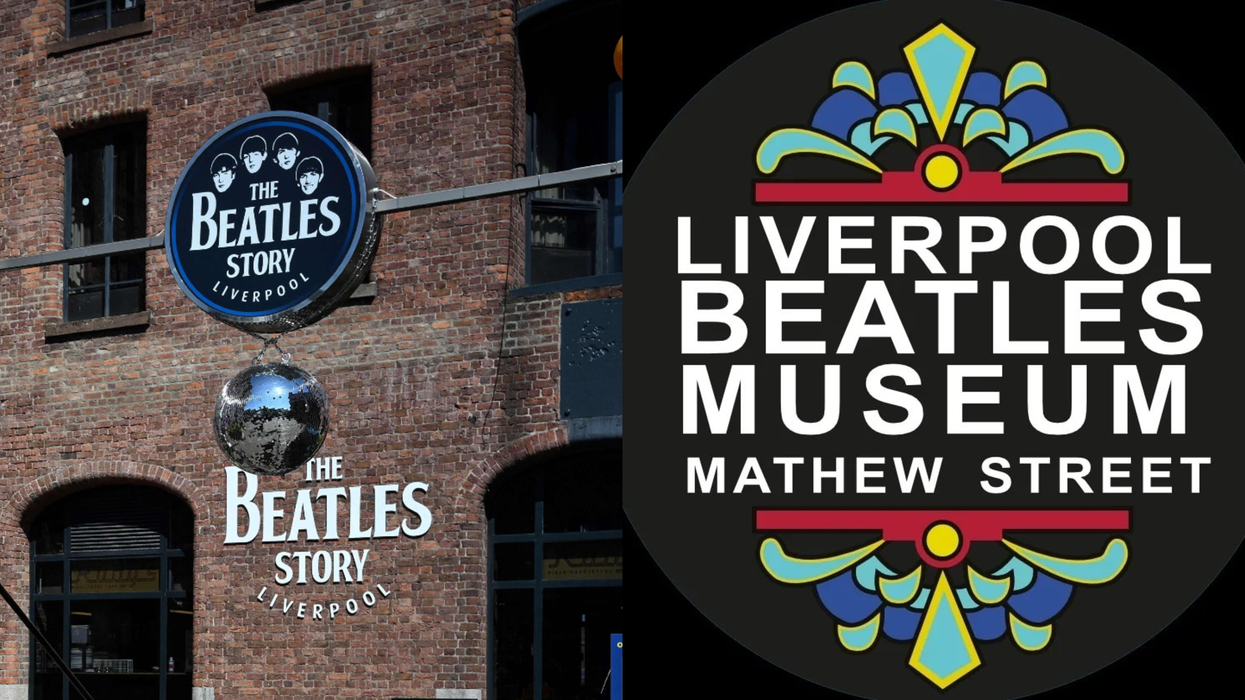
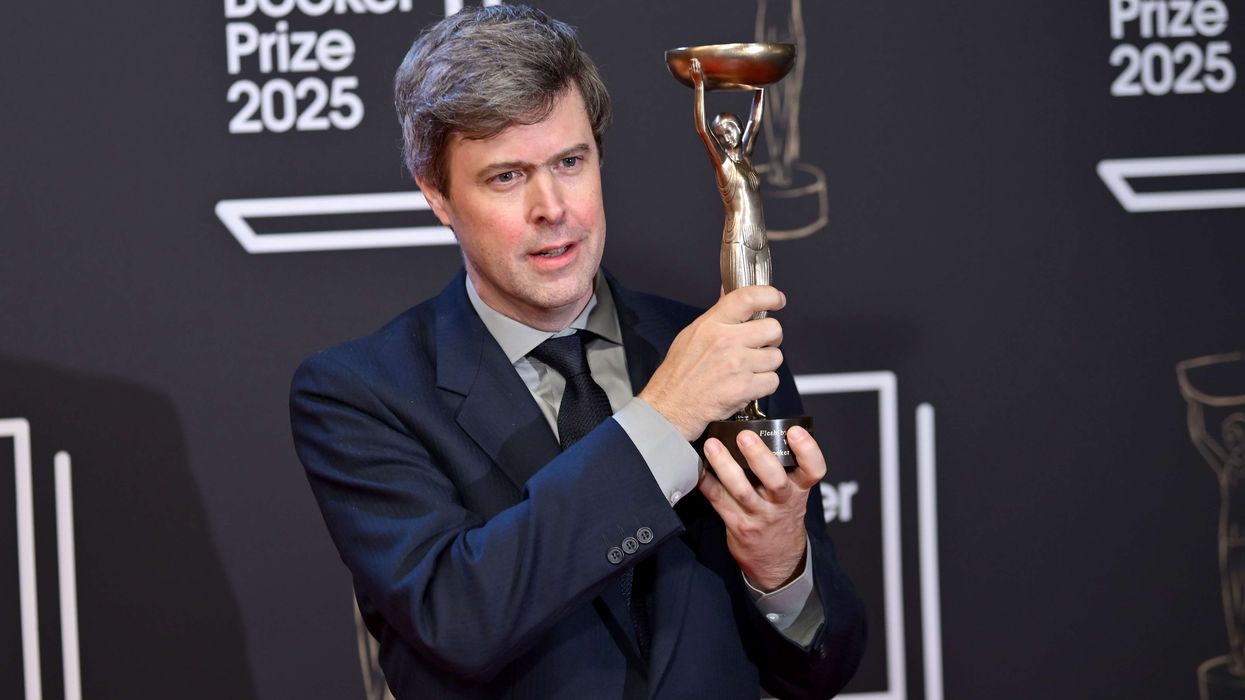
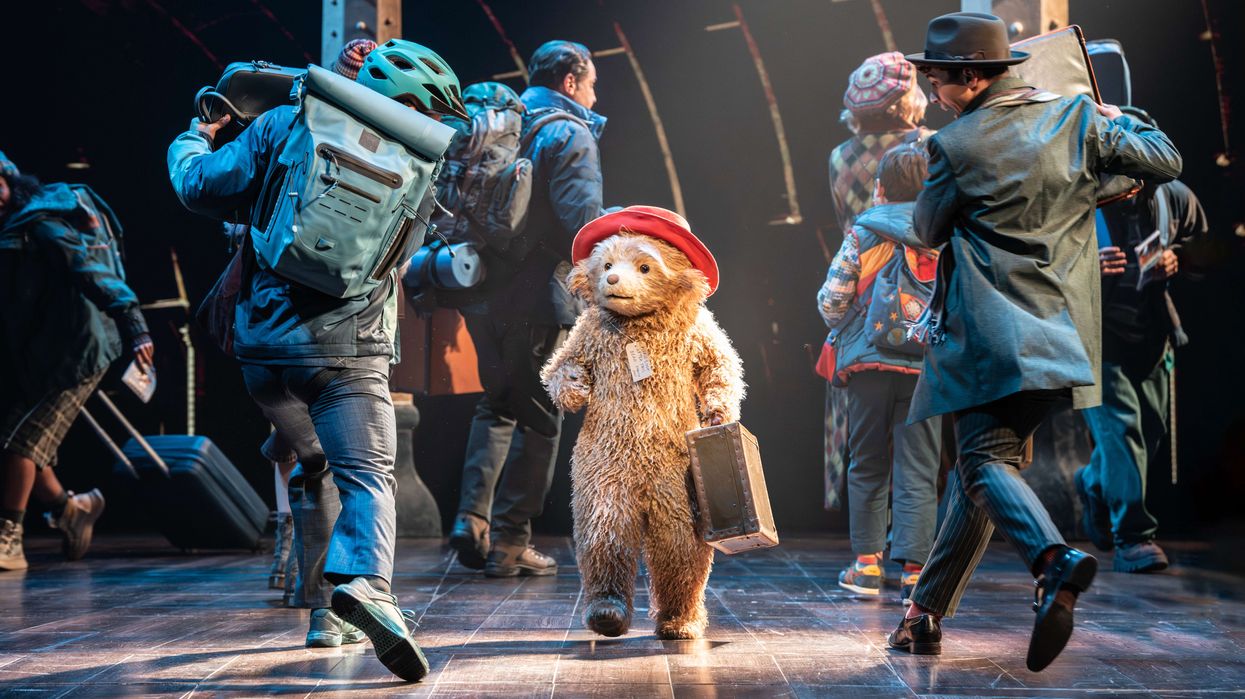
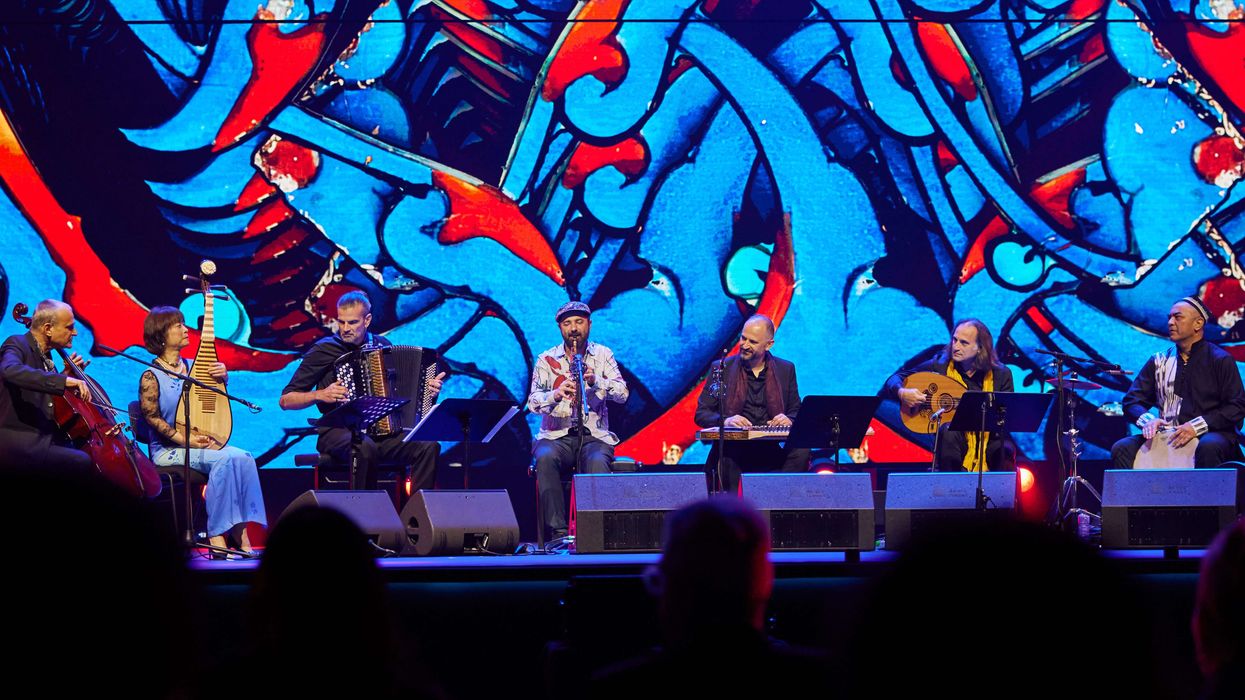
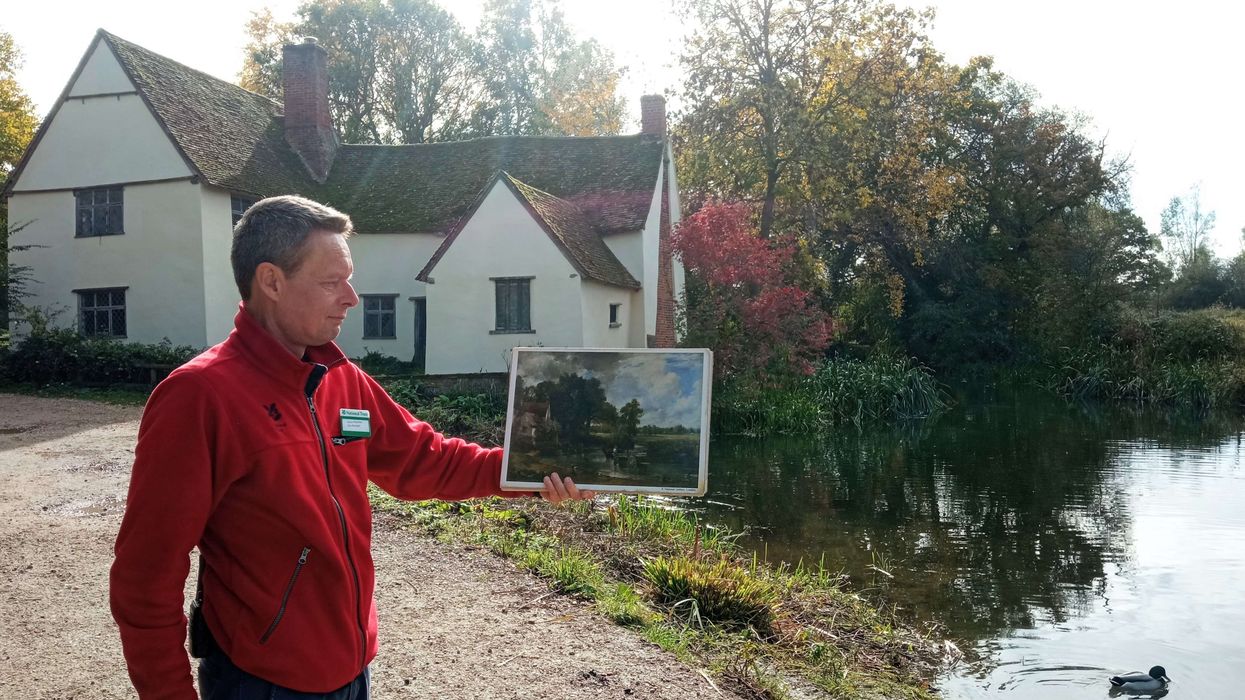
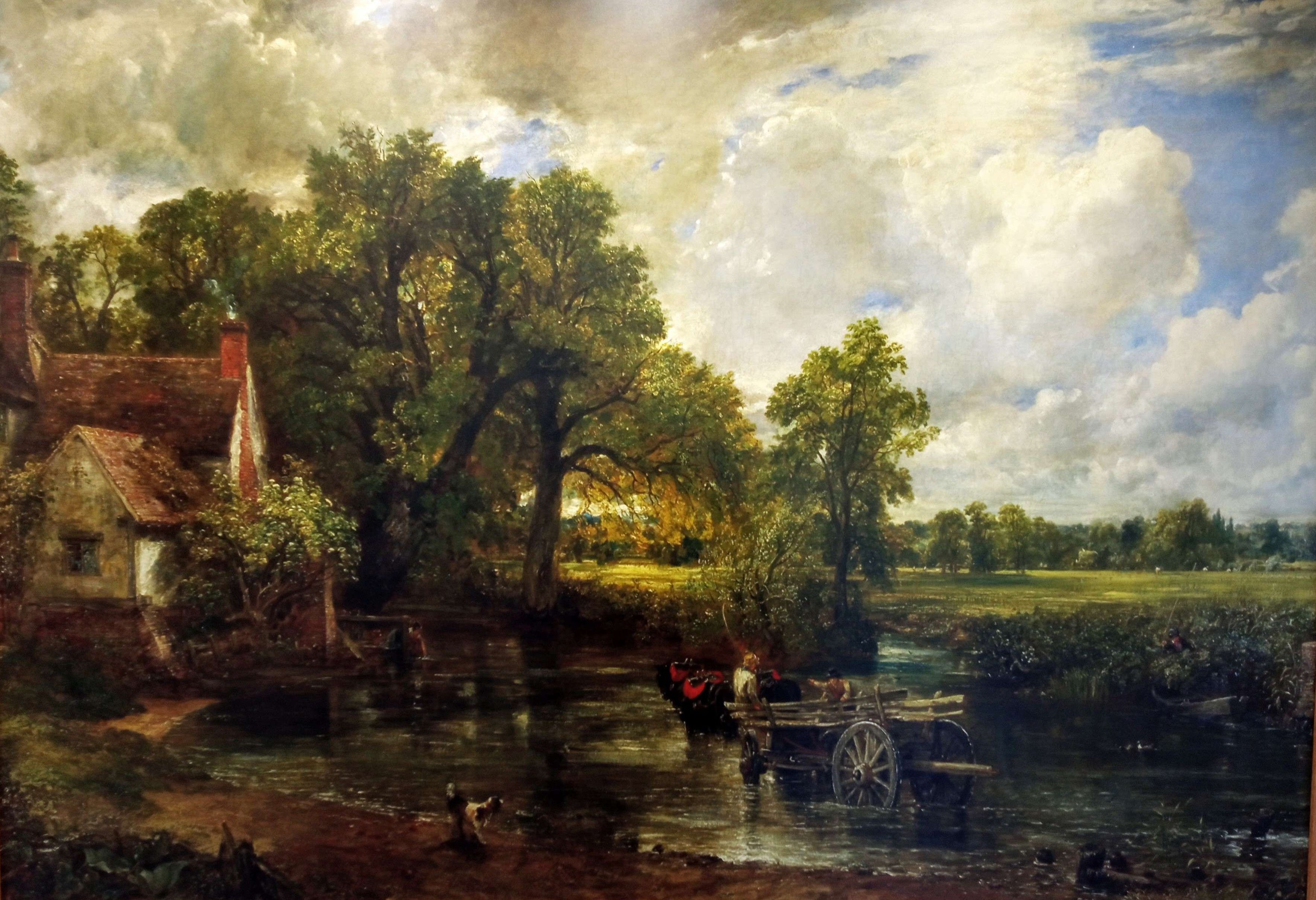 John Constable’s The Hay Wain
John Constable’s The Hay Wain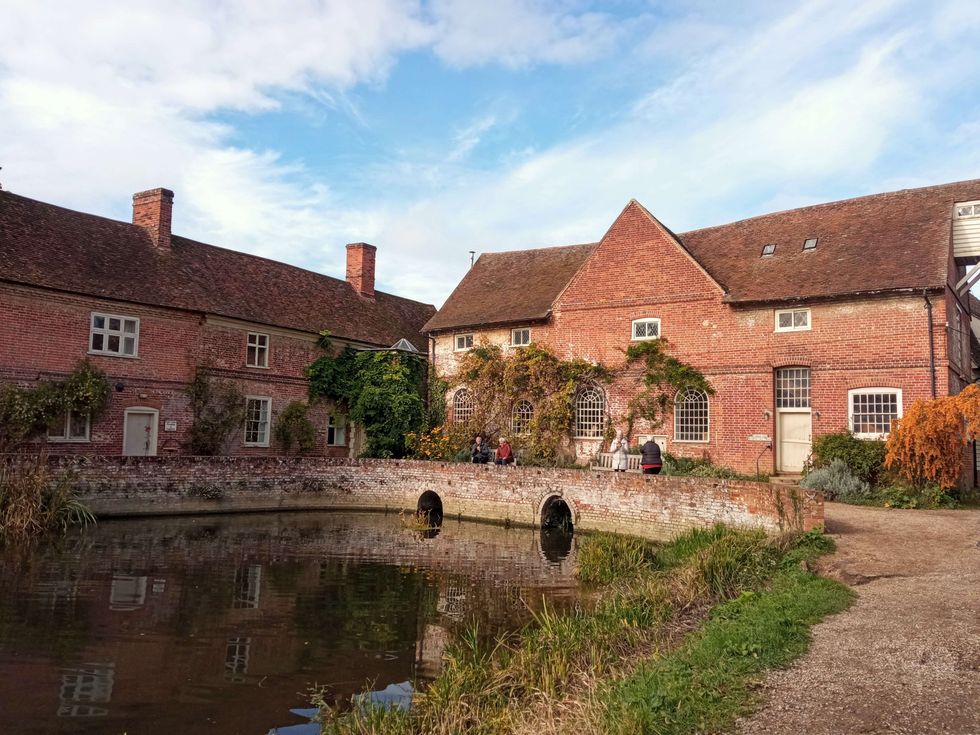 Buildings in Constable country
Buildings in Constable country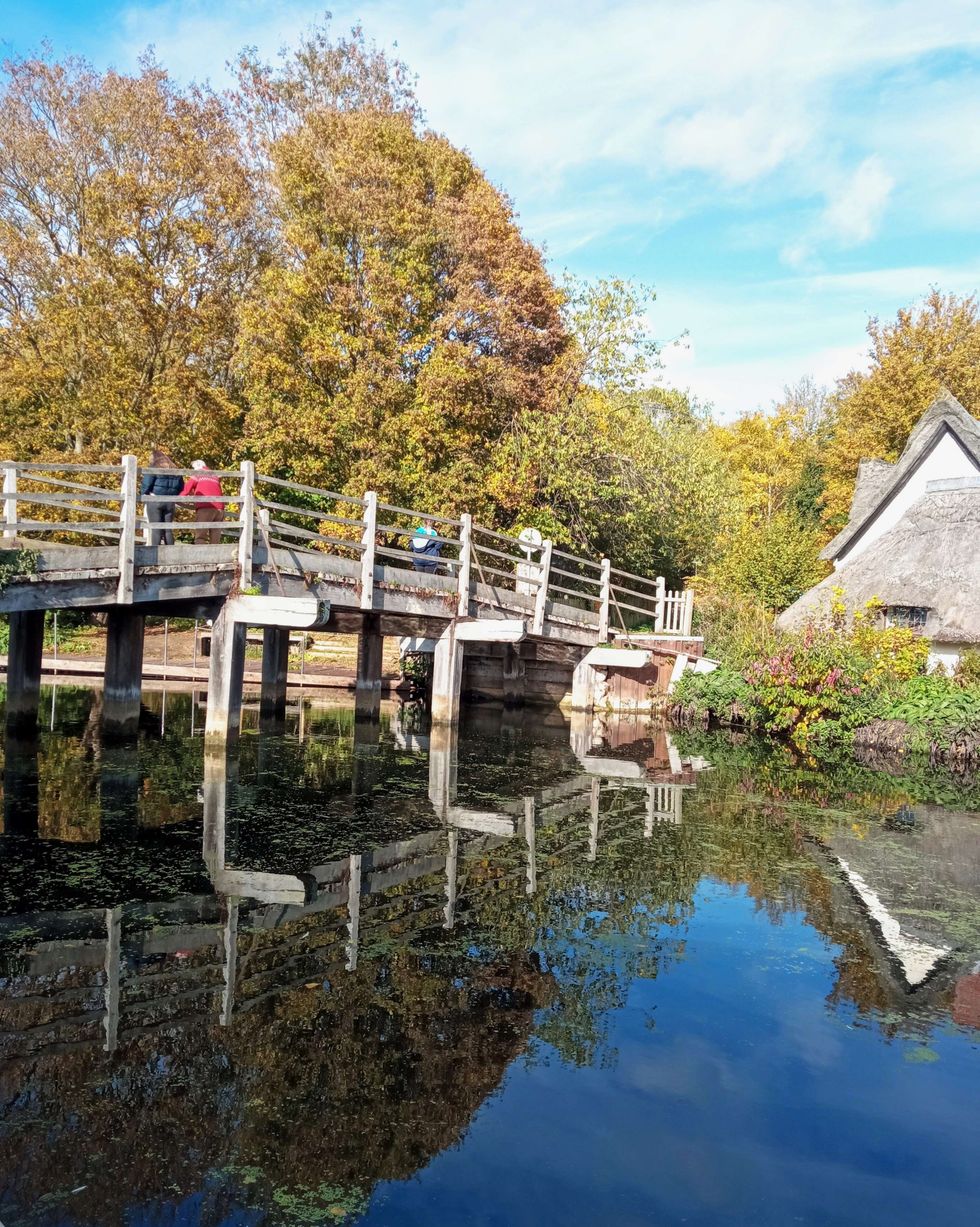 An old bridge in the hamlet
An old bridge in the hamlet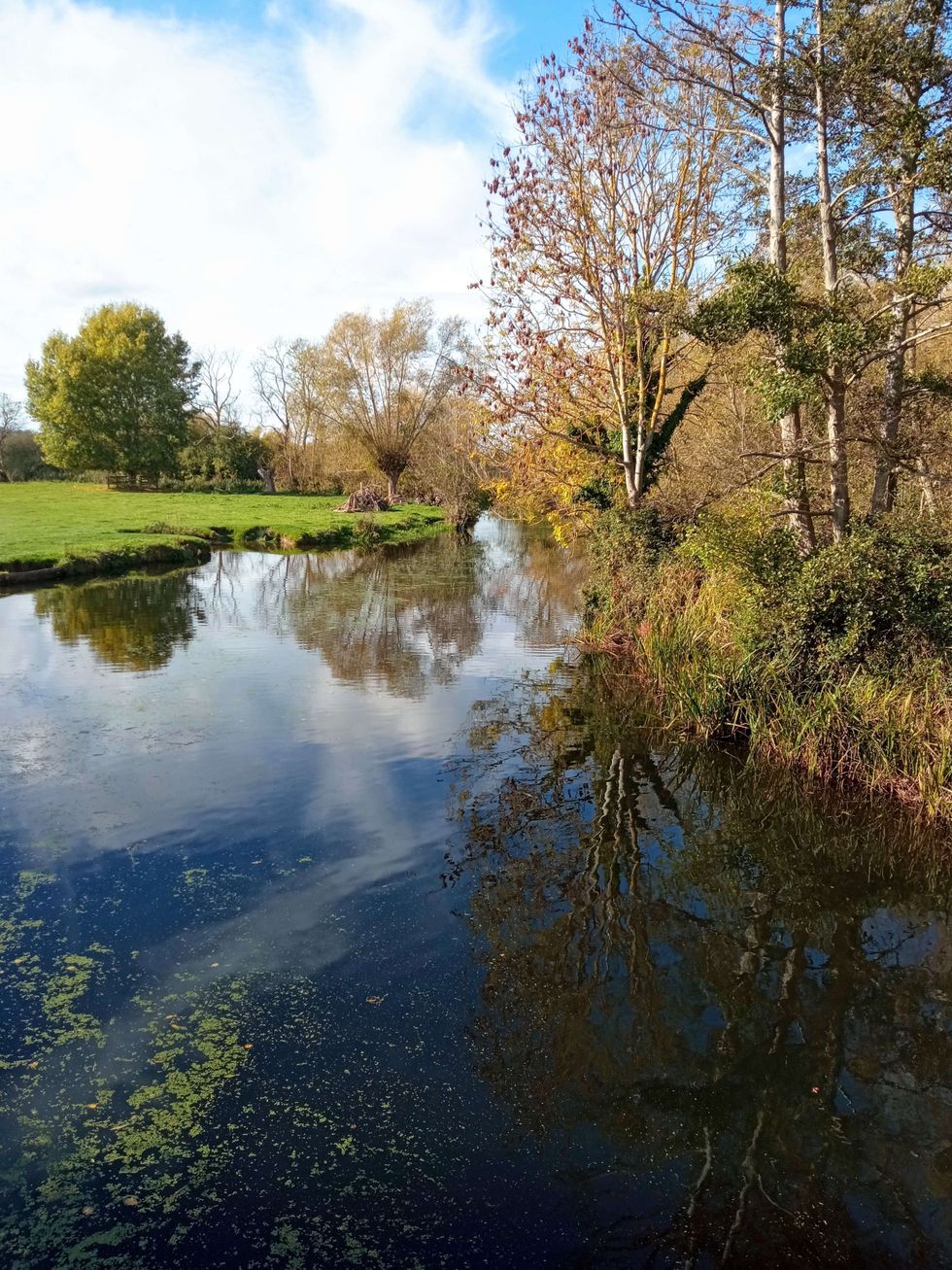 Constable country
Constable country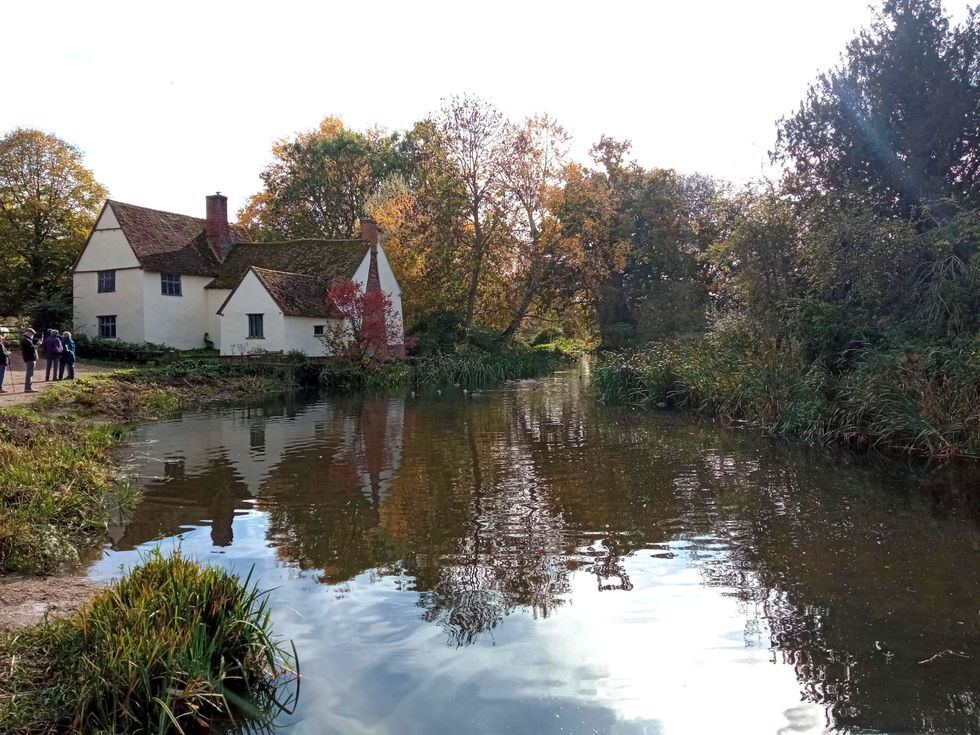 The riverside scene at Flatford in Suffolk as it appears today
The riverside scene at Flatford in Suffolk as it appears today 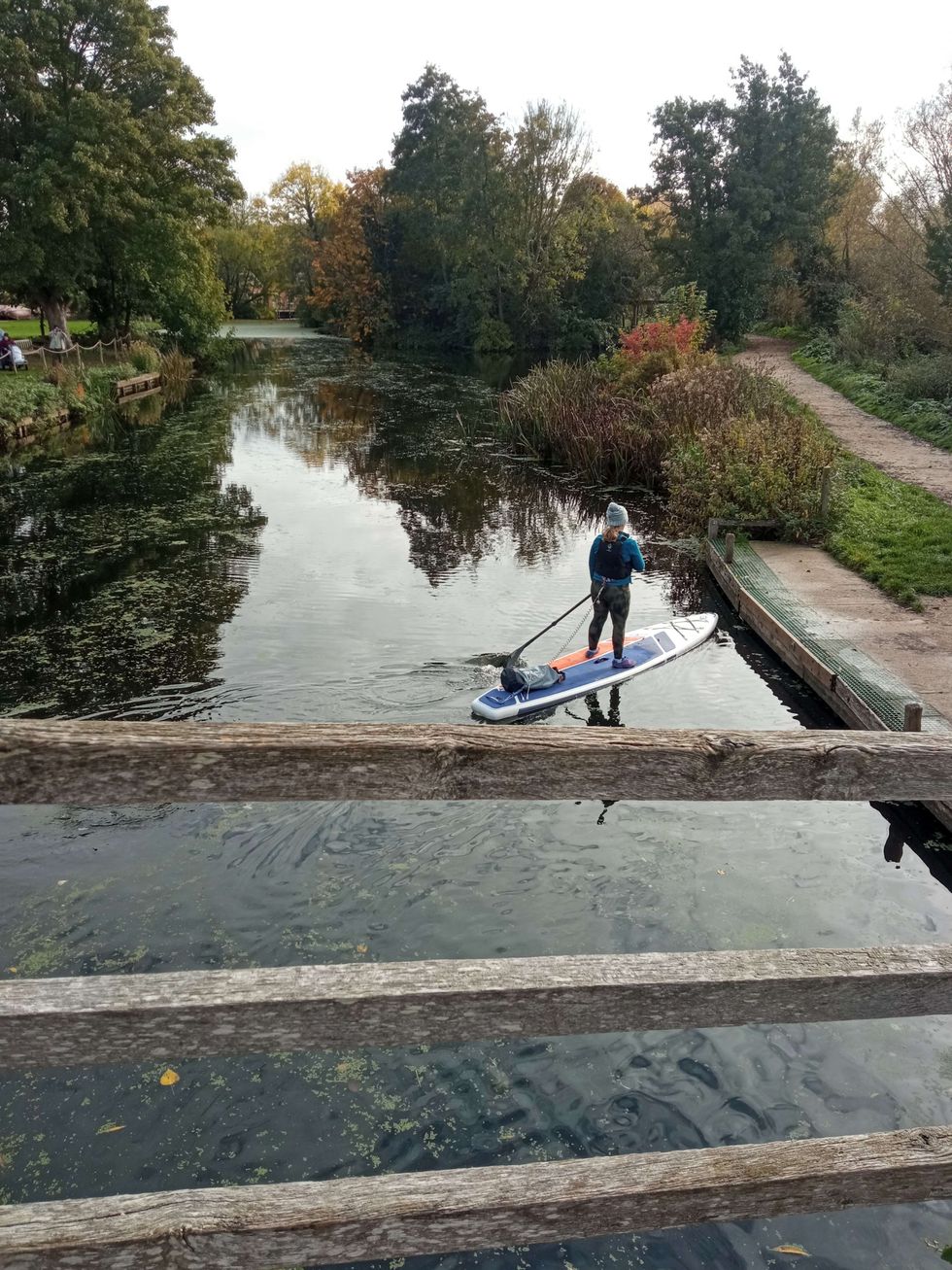 Constable country
Constable country


